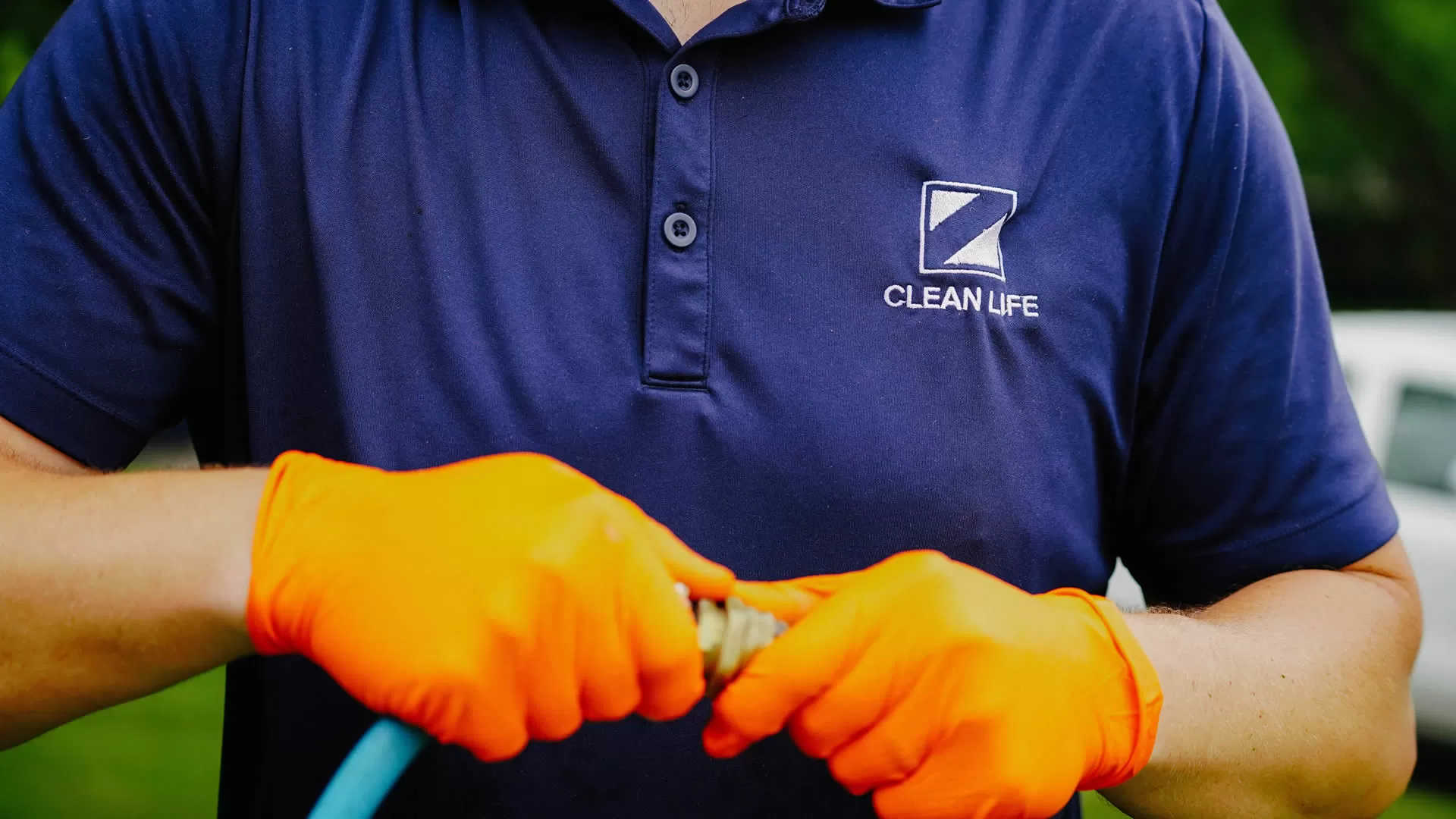Unlocking the Power of Pressure Laundering: An In-depth Check Out Effective Outside Cleaning Solutions for Decks, Fences, and Sidewalks
Pressure washing stands out as a vital tool in outside upkeep, successfully revitalizing decks, fencings, and pathways by eliminating built-up dust, mold, and crud. As we discover the ins and outs of stress cleaning, it becomes evident that the ideal technique can make a considerable difference-- yet many house owners forget essential aspects that might elevate their cleansing initiatives.
Benefits of Pressure Laundering
Pressure washing effectively revitalizes surfaces, making it a vital maintenance technique for both household and industrial homes. By removing dust, mold, mildew, and grime, stress washing recovers the initial appearance of surface areas, adding to a much more inviting environment.
Additionally, stress cleaning prolongs the life-span of surfaces. Routine cleansing can stop the accumulation of dangerous substances that result in degeneration, conserving property owners substantial costs out of commission or substitutes. Stress cleaning promotes health and wellness and safety and security by eliminating unsafe substances, such as algae or moss, which can position hazards.
One more benefit is the performance of the process. Pressure cleaning can cover huge areas in a fraction of the moment it would take utilizing traditional cleaning techniques. This performance is particularly useful for business homes that need marginal disruption to operations.
Preparing for Pressure Washing
Prior to participating in stress cleaning, mindful prep work is vital to guarantee ideal outcomes and secure surrounding areas. Begin by evaluating the area to be cleaned, removing any type of challenges such as furnishings, planters, or ornamental things. This develops a clear work space and reduces the threat of damage throughout the cleaning process.
Following, examine the surfaces for any type of loosened paint, mold and mildew, or particles. Resolving these concerns ahead of time can improve the efficiency of the stress washing. Scuffing off loose paint can stop it from being required into the surface area throughout washing.
In addition, it is essential to secure neighboring plants, windows, and delicate surface areas. Think about covering plants with tarps or plastic bed linen and using painter's tape to secure windows from water damages (Window Cleaning). Make sure that the pressure washer is equipped with the ideal nozzle and pressure setups for the certain surfaces to stay clear of creating damage
Lastly, prepare the stress washer by checking liquid levels and making sure all connections are safe and secure. This prep work prepares for an effective stress cleaning session, producing a clean and rejuvenated outside.
Techniques for Various Surfaces
Accomplishing optimal sanitation requires a customized approach to different surface areas during stress washing. Each material, whether wood, concrete, or plastic, requires particular strategies to guarantee reliable cleansing without triggering damage.
For wood decks, using a low-pressure setup is vital. This method avoids splintering and maintains the timber's integrity. Utilizing a cleansing solution made for wood can enhance the removal of gunk and mold, guaranteeing a thorough clean.
Concrete surfaces, on the various other hand, can withstand higher pressure degrees. A follower nozzle is advised for large areas, while a slim nozzle can target hard discolorations efficiently. Pre-treating spots with a degreaser can produce enhanced outcomes, specifically for oil or oil marks.
Plastic fencings need a gentler touch, similar to wood. A medium-pressure setting combined with a soft-bristle brush attachment can effectively remove dirt without scratching the surface area. It is necessary to make use of a cleansing solution specifically created for plastic to prevent discoloration.
Choosing the Right Equipment
Choosing the appropriate devices is important for effective pressure cleaning, as it directly influences effectiveness and cleaning outcomes. The first factor to consider is the pressure washing machine itself, which is available in different types: electrical, gas, and diesel. Electric versions are perfect for light-duty jobs such as cleansing decks and fencings, while gas-powered makers offer greater pressure and are suited for harder jobs like eliminating grime from walkways.
Following, think about the stress score gauged in PSI (extra pounds per square inch) For delicate surface areas, a lower PSI (1,500 - 2,000) suffices, while extra durable materials may require ratings of 3,000 PSI or more. Furthermore, the flow rate, gauged in GPM (gallons per min), is vital; higher GPM implies quicker cleansing.
Nozzles play a considerable function in achieving preferred results, with different shades suggesting differing spray see this angles and pressures. A revolving nozzle can improve cleansing effectiveness on persistent stains. Don't forget essential devices such as surface area cleansers for flat surfaces and extension wands for hard-to-reach areas. By meticulously picking equipment tailored to particular cleaning tasks, you can make the most of effectiveness and achieve ideal cause your pressure cleaning ventures - Roof Cleaning.

Maintenance Tips After Cleaning Up
Correct upkeep after pressure cleaning is essential for prolonging the company website lifespan of both the cleansed surface areas and the devices used. After finishing your stress washing job, enable the surfaces to completely dry entirely to stop dampness retention, which can lead to mold and mildew and mildew growth.
Scheduling periodic cleanings based on ecological direct exposure can aid maintain their look and honesty. For tools upkeep, vinyl siding cleaning service guarantee that you extensively clean the pressure washer after use, removing any debris from the nozzle and hose pipes.
Shop your stress cleaning devices in a completely dry, protected location to avoid rust and damages. Exterior Cleaning. Following these upkeep ideas will not only keep your exterior areas looking immaculate but also optimize the performance and life expectancy of your pressure cleaning equipment
Verdict
